Facing an assortment of new tariffs and an assortment of anti-EV policies, the new Subaru Uncharted faces serious challenges the automaker couldn’t have imagined when the project was first launched. But Subaru does have some advantages: buyers more open to EVs than at many other brands. More from Headlight.News.
The name is proving to be far more appropriate than Subaru officials might have imagined.
When they first decided to call their third EV the “Uncharted,” the name was meant to evoke the freedom to take on all sorts of new adventures, a big selling point for the Subaru brand itself. But it turns out Uncharted will face plenty of uncertainty when it lands in U.S. showrooms next spring, with an array of new Trump tariffs and an assortment of anti-EV policies.
Company officials acknowledge that’s likely to translate into lower demand – and very possibly higher prices – than expected for the compact electric crossover. But Subaru does have at least one advantage, an adventurous and environmentally proactive owner base more attuned to EVs than the typical U.S. car buyer, said Alan Bethke, the senior vice president of marketing for Subaru of America.
Declining demand
“The (sales) numbers are going to be lower” than Subaru originally forecast for Uncharted, Bethke said during an interview following Uncharted’s debut at a New York event on Thursday evening.
How much lower is far from clear, Bethke acknowledged, and for a variety of reasons. Uncharted originally was meant to slot into the “affordable EV” category – read low to mid-$30,000 range – but it now faces a variety of tariffs on imported autos, foreign-made metals, and most recently, Japanese-made goods, in general. Subaru is now struggling to figure out how to price the EV.
Complicating matters: the new federal spending bill eliminated federal EV tax credits and Pres. Donald Trump has announced a number of other moves that are expected to slash demand for all-electric vehicles, said Sam Fiorani, chief analyst with AutoForecast Solutions.
For his part, Fiorani warned that Subaru is “likely” to sell “half of (the number of Uncharted EVs) they would have a year ago.”
Subaru isn’t backing down
For his part, Bethke said Subaru remains committed to EVs, the executive insisted, and is already preparing a fourth model – though its launch date could yet be pushed back, several company insiders cautioned on background.
The automaker is convinced it can outperform some of its competitors, Bethke pointing to the fact that the brand’s original EV, the Solterra, saw a 20% year-over-year increase in demand for the first half of 2025. And, he noted, it’s currently delivering volumes on a par with the Toyota bZ4X.
Those two EVs are, in fact, virtual clones developed as part of a 50/50 joint venture. Each was assigned roles fitting their own unique skills, Toyota leading work on design and the motor drive, Subaru overseeing all-wheel-drive technology and onboard safety systems. The process has been repeated with Subaru Uncharted and its own near-clone Toyota C-HR – as well as the Subaru Trailseeker and Toyota bZ-W coming to market next year.
The partnership not only saved more than $1 billion in go-it-alone development costs but means each automaker can do well on significantly lower volumes.
More EV News
- First Look: 2026 Subaru Uncharted
- Faraday Has a Future: First Look at the FX Super One MPV
- Automakers Won’t Be Fined For Missing Mileage Targets; Bad News for EVs
Meeting market expectations
Cutting costs is, on its own, no guarantee of success. Subaru believes it has designed into Uncharted a number of other strong selling points.
For one thing, it offers good performance, with a choice of a single-motor Premium FWD model making 211 horsepower, or a 338-hp twin-motor upgrade in the Sport and GT trims. Range is better than key competitors like the Hyundai Kona EV, the front-wheel-drive Subaru delivering “more than” 300 miles per charge, the all-wheel-drive dropping only slightly to 290 miles.
Charging is a big issue for potential EV buyers but Subaru attempts to address that in two ways. Uncharted gets the new NACS, or North American Charging System, port which means it can plug into Tesla Superchargers. That roughly doubles the number of stations it can use, to about 15,000 by giving the EV access to the vast Tesla Supercharger network.
The new EV also adds a battery preconditioning system that gets its battery pack to the optimum temperature when it comes time to plug in. Subaru claims Uncharted will be able to go from a 10 to 80% state-of-charge in as little as 30 minutes – though that will depend on using DC quick chargers delivering at least 150 kW of power. A built-in 11 kW charger for accessing a 240-volt home circuit will require it to stay plugged in overnight.
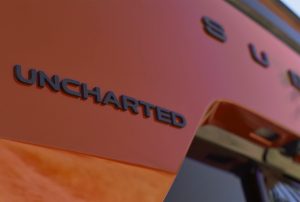 A unique brand advantage
A unique brand advantage
Yet, the strongest selling point may be the Subaru brand itself, said marketing chief Bethke. And analyst Fiorani agrees.
“Subaru has a buyer base that likes electric vehicles,” he explained. And, as a result, that means that in a weakening market for EVs, it is in “better shape than many of its competitors.”
Subaru will have some time to figure out how to respond to the Trump administration’s changing rules and regulations, as well as shifting market demands. It doesn’t intend to start shipping the new Uncharted to the U.S. until next spring. Based on what’s happened since January, a lot could change by then.

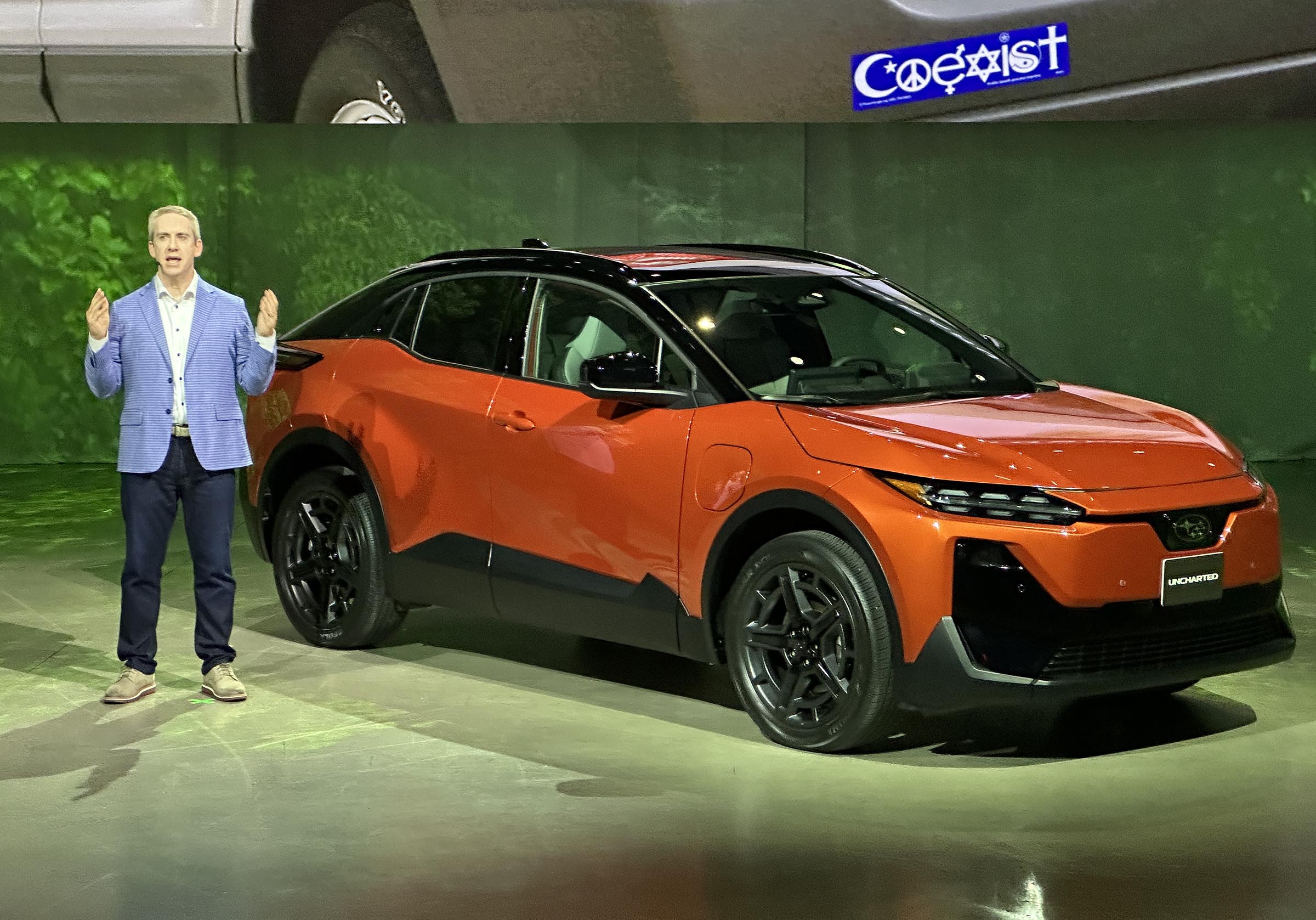
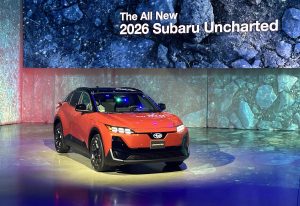
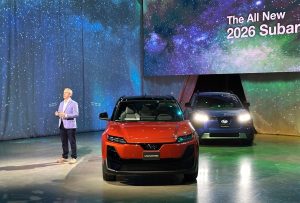
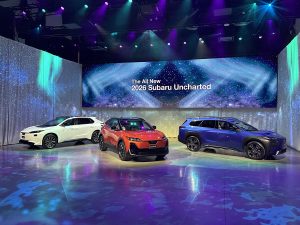

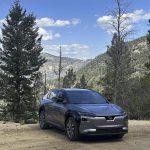
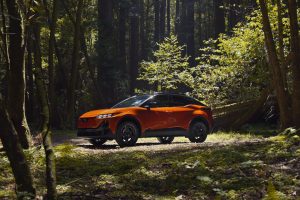
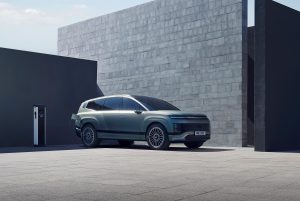
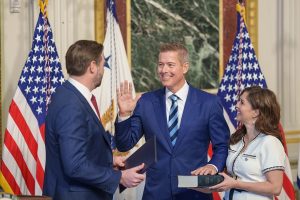
0 Comments